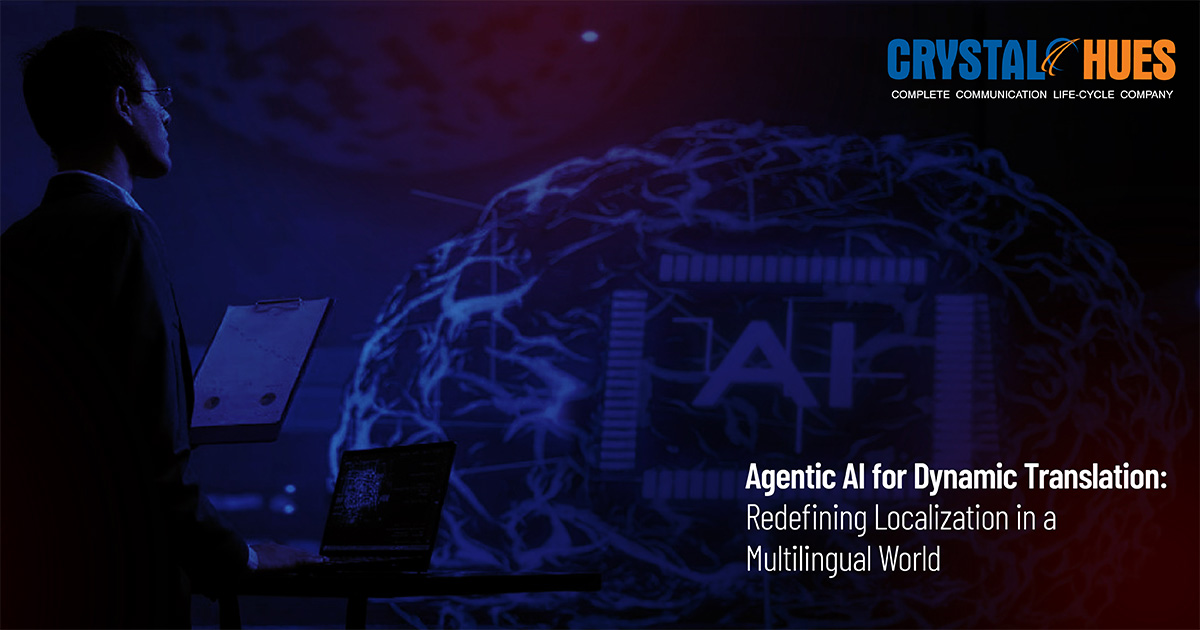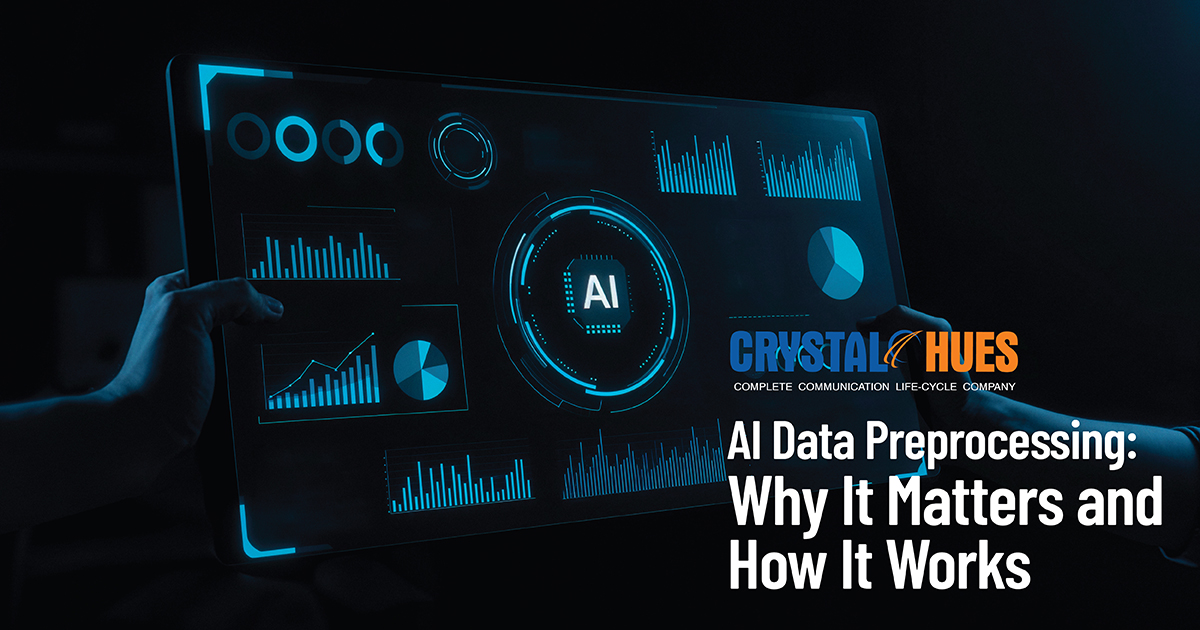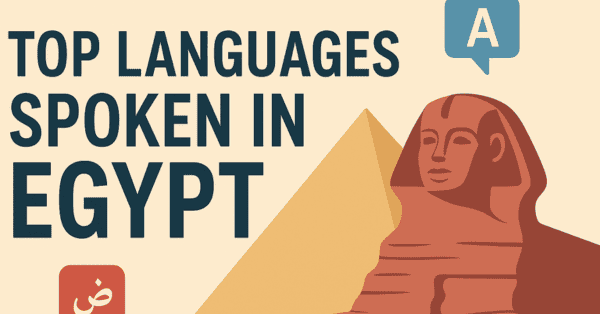
Agentic AI Is Redefining Translation and Localization
Simply translating words has become insufficient in today's global marketplace.
Companies and organizations need to localize meaning in real-time, at scale, across multiple languages, both accurately and culturally within the regions they are targeting. Agentic AI fundamentally helps provide that new dimension.
Agentic AI represents a new trajectory in artificial intelligence development, shifting from passive tools to action-oriented agents — intelligent systems that can reason, plan, adapt, and act autonomously. In the realm of dynamic translation, agentic AI agents are changing the ways that global content is distributed, personalized, and optimized at scale.
Getting Strategic: What is Agentic AI?
We use the term "agentic" to mean "agency," or the ability to act independently and make choices. In AI, agency refers to systems that can:
- Comprehend a goal (localizing a product launch across 20 countries),
- Decompose a goal (e.g., translation, topology of dialects, cultural adaptation of idioms),
- Act and make decisions relevant to context, and
- Learn from the decisions to improve outcomes.
Unlike conventional AI models that start with explicit input-output tasks (e.g., "Translate this sentence"), agentic AI is goal-oriented.
It is capable of independently organizing the steps necessary for complex multi-step tasks, making it more suitable for dynamic localization because the content is constantly changing, and user expectations are constantly changing in real-time.
The Evolution of Translation: From Static to Dynamic
Stage | Description | Key Limitations |
Human Translation | High accuracy, cultural nuance | Expensive, slow, not scalable |
Rule-Based Machine Translation (RBMT) | Uses linguistic rules | Rigid, needs extensive rule creation |
Statistical Machine Translation (SMT) | Learns from language pairs | Contextually limited |
Neural Machine Translation (NMT) | Deep learning-based | Better fluency, still reactive |
Agentic AI | Autonomous, proactive, adaptive | Emerging but rapidly evolving |
While Neural Machine Translation (NMT) (i.e., Google Translate, DeepL) represents a major quality improvement, it continues to largely answer prompts - it does not autonomously plan, prioritize, or optimize.
Agentic AI fills that gap, especially in situations where the content is updated with high frequency or users' contexts are changing in real-time.
Real-World Applications of Agentic AI in Dynamic Translation
1. Localizing E-Commerce Platforms at Scale
Think about Amazon or Shopee with hundreds of thousands of products that are updated daily. Traditional translation systems would either translate everything in the same manner or follow predetermined rules.
However, with agentic AI, one can
- Detect SKUs that are doing well in one market (say India).
- Predict similar user interest in another region (such as UAE or Malaysia).
- Automatically arrange for localizing product descriptions, reviews, and UI.
- Adapt and optimize keywords for local SEO objectives.
- Get feedback on click through and conversion metrics to help enhance tone and language.
2. Real-Time Multilingual Customer Support
Agentic AI is changing the landscape of how global companies provide support (Udemy). Zendesk and Intercom, for example, are platforms specifically designed for customer support.
When embedded with AI agents in their backend:
- Chatbots translate inquiries, interpret intent, escalate when needed, and apply emotional and language tone.
- Chatbots recognize geolocation and customer history, allowing them to switch dialects (e.g., from European Portuguese to Brazilian Portuguese).
- Chatbots learn over the duration of time through an agent’s corrections, user ratings, and adjusted resolution rates.
Going by industry reports, “73% of leaders in customer support expect customers to want AI help in the next five years,” according to Intercom.
3. Media and Entertainment: Speed. Subtitled/dubbed
The media and streaming industry are under tremendous pressure to localize content in different languages instantaneously.
Netflix’s localization pipeline originally used manual subtitling, which has now been extended to include AI-driven tools that have been trained on millions of hours of multilingual content. With Agentic AI:
- Subtitles are not only presented in a translated manner, but also in an emotional, rhythmic way.
- When it comes to the translation of culturally contextual references, jokes, idioms, etc., the reference is being rewritten, not simply translated.
- Even after a scene has been edited to account for cultural sensitivities, the scene may be flagged properly by a product manager or translator to take action based on regional use.
What Makes Agentic AI Different from Traditional MT?
Feature | Traditional MT | Agentic AI for Translation |
Goal Awareness | Task-specific | Mission-driven |
Content Prioritization | Manual or rule-based | Autonomous and adaptive |
Cultural Nuance | Varies | High (learns and evolves) |
Feedback Integration | Limited | Continuous learning loop |
Tone & Context | Often neutral | Tailored to audience and intent |
Multimodal Inputs | Mostly text | Text, image, behavior, metadata |
Agentic AI behaves like a localization strategist—not just a translator.
Obstacles to Adoption of Agentic AI
Though encouraging, Agentic AI is not necessarily without challenges:
1. Training Data and Bias
Training data for many minority languages and dialects is either non-existent or unbalanced. If not stripped of the cultural or gender implications of language, agents can unintentionally replicate bias.
2. Regulatory Adherence
With specific applications such as in healthcare or finance, where mistranslation could potentially have serious implications, AI must comply with regulatory and auditing requirements, particularly where multilingual legislation applies.
3. Human Oversight
Even the most sophisticated AI agents require human-in-the-loop (HITL) systems to assist sensitive material. Agentic AI is not intended to replace linguists but to enable them to be more productive.
Strategic Benefits of Agentic AI to Businesses
Here are some of the advantages Agentic AI offers global enterprises:
✅ Speed to Market: Simultaneous multilingual campaigns can be implemented across markets.
✅ Cost Effectiveness: Accelerate and simplify processes that depend on repetitive human effort and eliminate the lowering of quality.
✅ Live Data Consumption: Ministers the ability to change language, tone, and even vocabulary based on live data.
✅ User-based Personalization: Different language variants can be produced based on geolocation, device, and user comportment.
✅ Sustainable Scalability: Enter new linguistic markets with prudence.
The Bottom Line: Agentic AI Is Not the Future—It Is the Present
We are entering an era where organizations will not ask, "Can we translate this?" Instead, they will be asking, "Can our AI dynamically, contextually, and culturally localize this—right now?"
Agentic AI will answer with a yes—not a translation, but a strategy.
Localization is no longer a step in the process; now it is the process. And with Agentic AI, organizations can speak to the world not in a language, but in their language—instantly, intelligently, and authentically.



